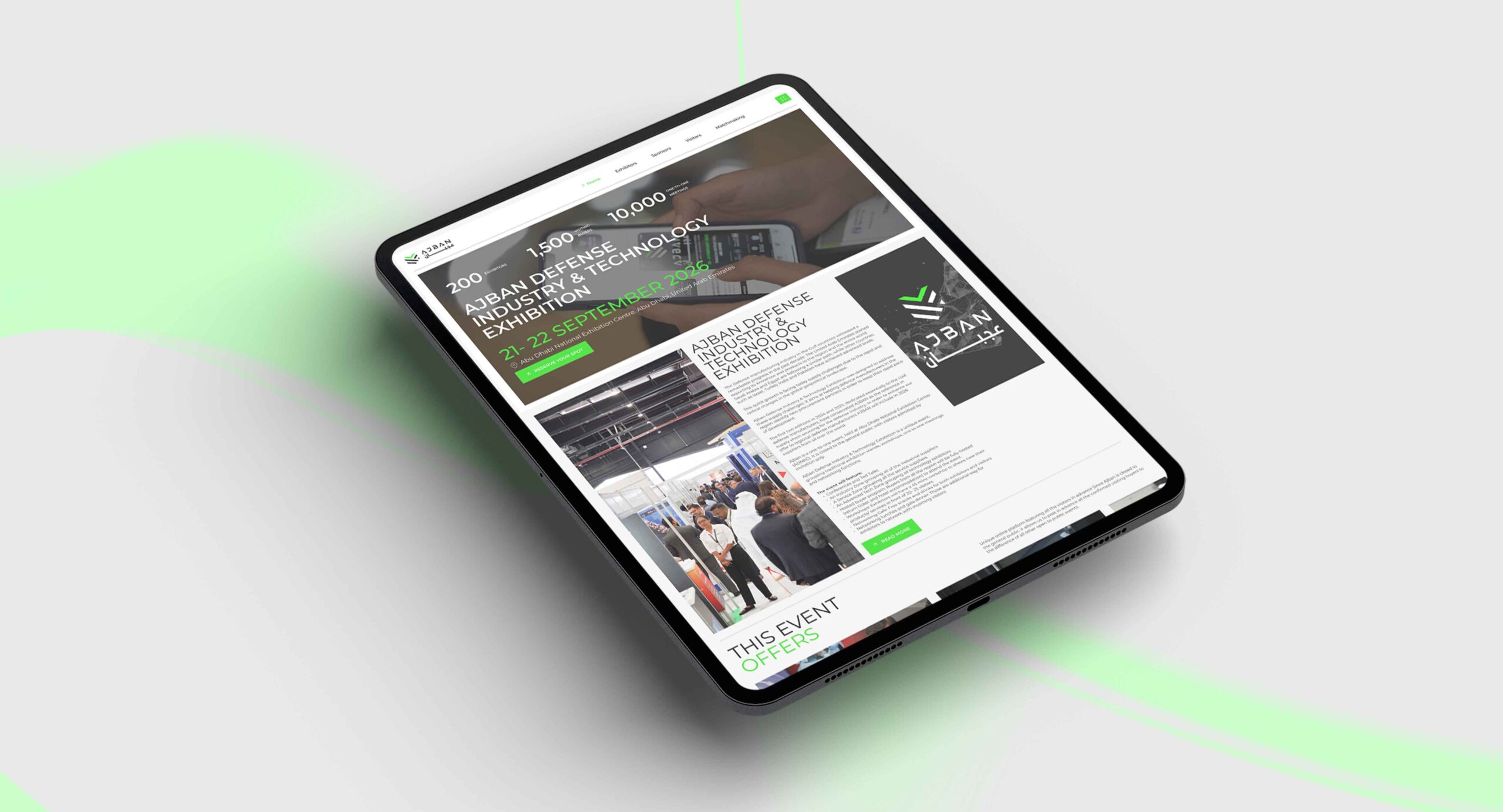Static vs dynamic web pages: The difference lies in the bounce rate and the conversion. Dynamic landing pages adapt the web page content based on the user data. Unlike a static landing page, these dynamic pages offer a tailored experience to the visitors. Dynamic landing pages offer great flexibility and shift the messages, images, or call-to-action based on the user profile.
In this blog, we will understand what are dynamic landing pages are, dynamic landing page optimization, and why dynamic landing pages work.

What Are Dynamic Landing Pages?
In simple terms, dynamic landing pages are webpages that are customized according to the user’s data. This includes information such as the geographical location, browsing history, and ads clicked. The goal of dynamic landing pages is to improve conversions by providing users with what they are searching for without them actually searching for it.
For example, if a user clicks on a Google ad, the dynamic landing page will display the exact product, its price, and its availability. This kind of experience is much more engaging than a generic product page. So, to answer the question, what are dynamic landing pages, it is all based on customization.
Why Dynamic Landing Pages Work
In a fast-moving digital world, users naturally expect fast and relevant experiences. That is why Dynamic Landing Pages work so well. Dynamic Landing Pages remove generic content and replace it with tailored content according to the user’s intent, preferences, or behavior. This helps to make the digital experience a more personalized one.
When users land a page that reflects their needs, such as showing the products within their region or offering solutions to their problems, they are more likely to take action. This is the benefit of personalized landing pages. These personalized landing pages create a connection with the visitor and encourage them to take action. Dynamic landing pages can help build trust and reduce bounce rates.
The answer to why dynamic landing pages work is that they deliver the right message intended for the users.
What Works on Dynamic Landing Pages
Here are a few components that drive performance in Dynamic Landing Pages. Let’s now look at what works on Dynamic Landing Pages.
Geo-targeted content
Adjusting the headlines or CTAs based on the user’s location improves the click-through rates.
Behavioral actions
Show different content based on whether a user is new to the website or has already taken action in the past on your website.
Dynamic CTAs
Customize the call-to-action buttons to align with the user’s search intent.
Device-based design
Depending on whether the user is accessing the site through a mobile device or a desktop device, you may optimize the page layout. This enhances the user experience.
Search intent matching
Serve the user’s specific content based on the keyword or ad they clicked through from. All these components are key attributes of a good landing page.
Understanding what works on dynamic landing pages would help marketers create smarter and faster digital experiences.
What Fails on Dynamic Landing Pages
Dynamic landing pages can boost conversions. However, a poorly personalized page can lead to a negative effect on the website. Even a few pages optimized, having low-quality content or stuffed with keywords, may lead to a poor performance of the campaign. You must also ensure that the pages are easy to navigate. It must have a good user interface to provide a satisfying user experience.
When the content doesn’t align with the ad or keyword that brought the visitor into the website, it can result in a bounce. A slow loading website or an inconsistent design of the dynamic elements with the rest of the page, these factors can result in a backlash. To avoid these, dynamic landing page optimization must be done promptly. It’s not just about personalization, it’s also about the page speed, relevance, and consistency.
How to Implement and Test Smartly
A dynamic landing page requires a correct strategy and continuous optimization. Start with the right tools. Platforms like Unbounce make it easy to add dynamic content without coding. These tools help you to change the elements like headlines, images, or call-to-actions based on where the visitor is coming from, the device they are using, and which ad they clicked.
If you are wondering how to implement dynamic landing pages, here is a strategy that you can use. You need to choose a campaign that already has high traffic. To compare the different versions of a page, use A/B testing. This helps you to understand which version of the page gets more clicks. Use Google Analytics to track the results.
Focus on metrics like bounce rate, conversion rate, or time spent on the page. Understanding these analytics would help you to understand what is working, and if the ad campaign is not working as intended, you can tweak it to improve the performance.
Conclusion
Dynamic landing pages are a powerful means to improve conversion rates. It helps you to connect with the visitors by showing them personalized content. In this blog, we have explored what are dynamic landing pages, what works, what fails, dynamic landing page optimization, and how to implement dynamic landing pages.
Even if the dynamic landing pages are customized for performance, there can be various factors that can lead to a backlash, such as keyword stuffing, low-quality content, or an overall poor performance of the campaign. You must also make sure that the pages are easy to navigate and are mobile-responsive. These are some of the factors that can negatively affect your landing pages if not done properly. By focusing on dynamic landing page optimization using A/B testing and analytics tools, you can understand how to implement smart and working dynamic landing pages. With these, you can turn visitors into customers and ensure them a better user experience.
Want to create dynamic landing pages for your website? GTECH Information Technology, the leading digital marketing agency in UAE, will help you turn your landing pages from static to dynamic converting pages.
Related Post
Publications, Insights & News from GTECH








